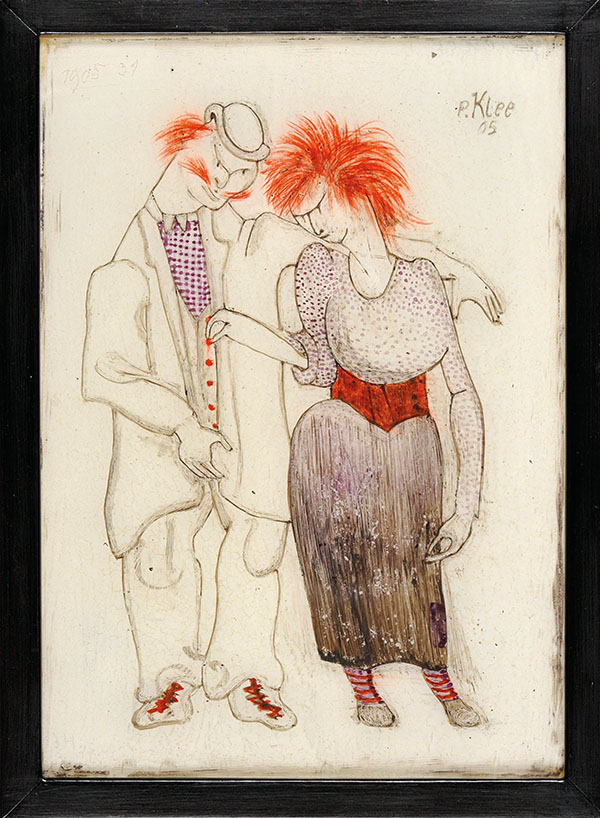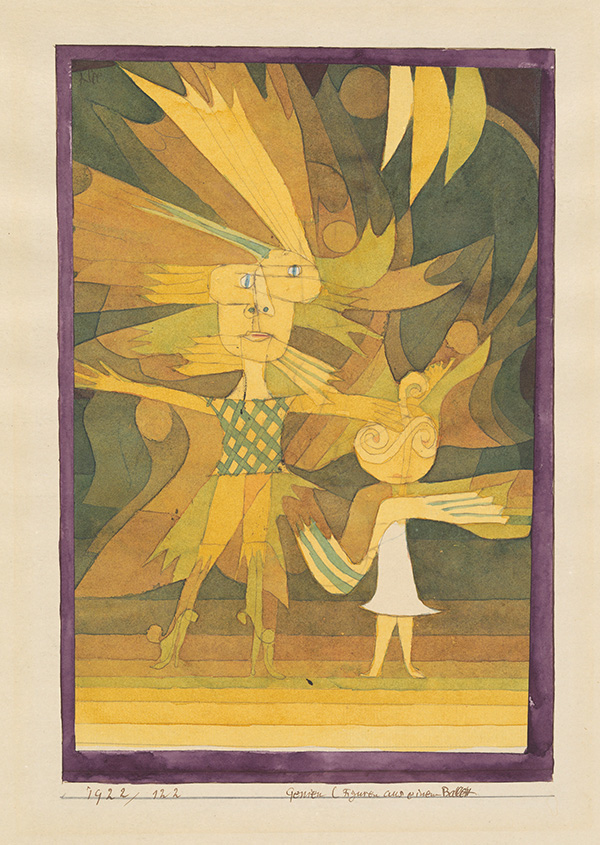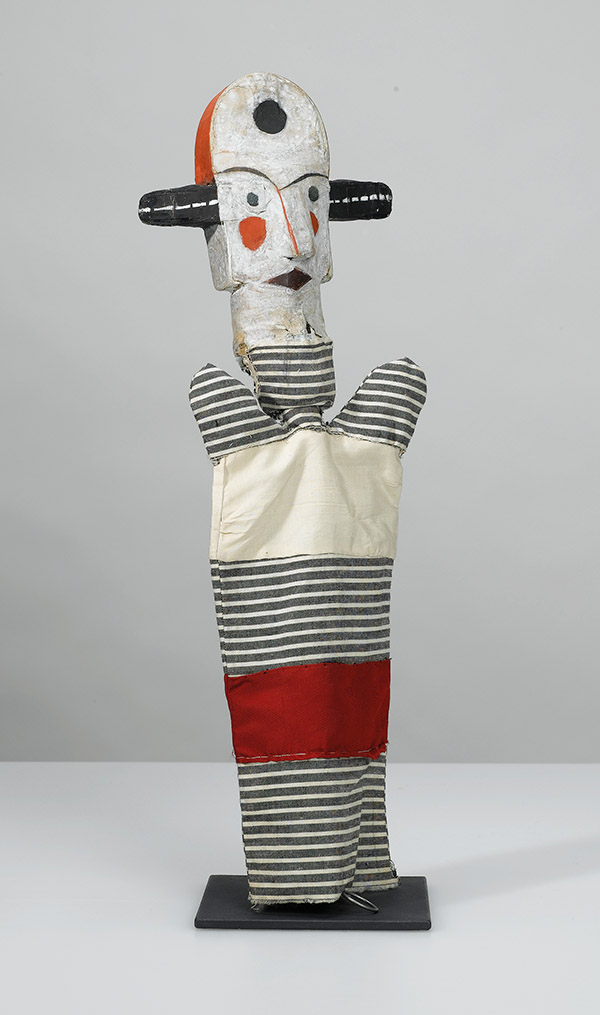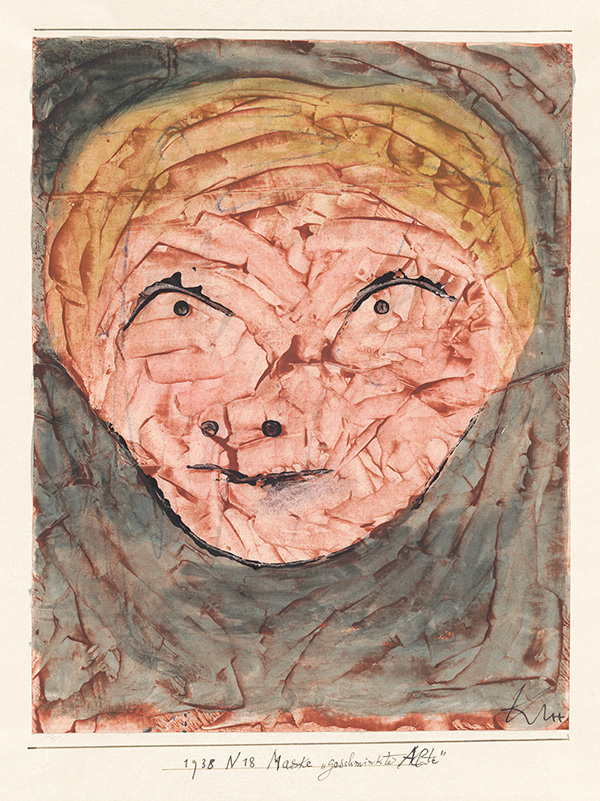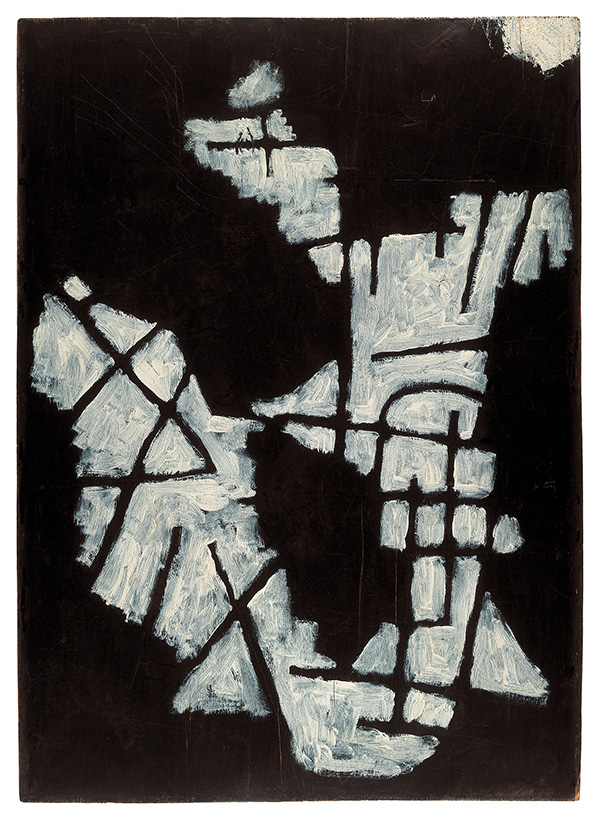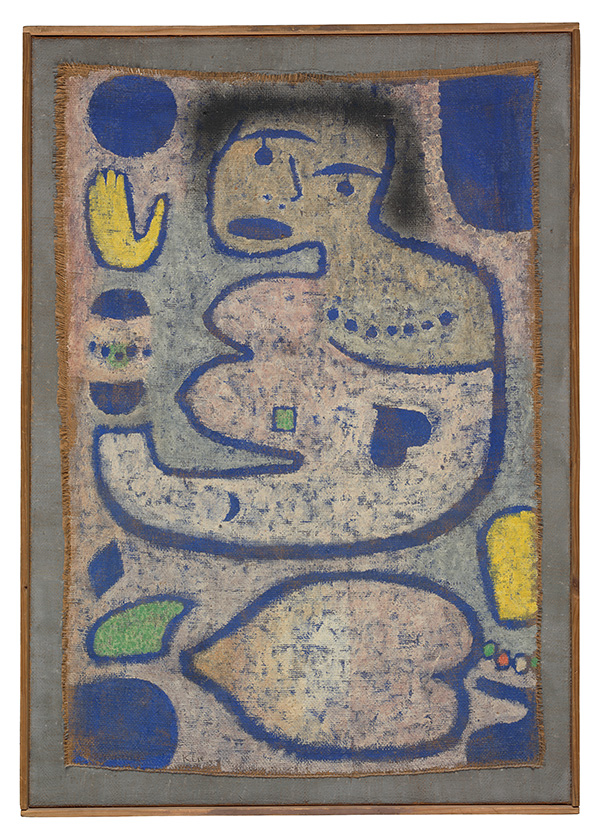ART-PRESENTATION: Paul Klee-Cosmos Klee
 Paul Klee was born in Switzerland. During the course of his career, he not only participated in various Art Movements, but he was also one of the leading forces in many of these movements. Some of the forms he worked on during his career include expressionism, cubism, and surrealism. During the later portion of his career, he also worked as an art instructor for some time, prior to the Nazi rule removing him from his post; at this point, he and his family fled Germany, and went back to Switzerland, where Paul Klee remained until he died several years later.
Paul Klee was born in Switzerland. During the course of his career, he not only participated in various Art Movements, but he was also one of the leading forces in many of these movements. Some of the forms he worked on during his career include expressionism, cubism, and surrealism. During the later portion of his career, he also worked as an art instructor for some time, prior to the Nazi rule removing him from his post; at this point, he and his family fled Germany, and went back to Switzerland, where Paul Klee remained until he died several years later.
By Efi Michalarou
Photo: Zentrum Paul Klee Archive
The exhibition “Kosmos Klee” foregrounds the unique versatility of Paul Klee’s work and his delight in experimenting with new techniques and materials, through a selection of some 200 works of art from Zentrum Paul Klee’s Collection. Klee went through a long process of artistic self-awareness – enhanced by a strong inclination for experimentation – on his path to painting and his use of color. Klee was not only a visionary in his visual imagery but likewise experimented with a great diversity of artistic techniques, tools, and media. His exceptional painting techniques are explained in more detail in the context of the painting utensils from his studio and in presentations. At1898, Paul Klee was studying at the Academy of Fine Arts in Munich. By the year 1905, it was clear that Paul Klee had developed his own unique style in art. One such signature technique that he had mastered, was drawing with a needle on a blackened pane of glass, to create magnificent depth and texture to the pieces he would design. From 1903 to 1905, he had completed a set of etchings, which was titled Inventions, and this came to be the first exhibit that he was a part of, presenting the pieces that were in this short series of etched work. During the course of the next 5 years, his work progressed to new forms of art which were being presented to the art world. In 1910, Paul Klee had his first solo exhibition, which took place in Bern. In 1911, Klee met Alfred Kubin, who was an art critic, and he was in turn introduced to a series of artists and critics following this date. He soon became an editor for a magazine, and he began work on water colors, and color experimentation in general, for the pieces which he created. In 1914, during a trip to Tunisia, Paul Klee had his first major breakthrough in the art world. He began to work on abstract art, due to the inspiration he had from the light exhibits which he viewed when visiting Tunisia. Upon returning to Munich, Paul Klee painted his first abstract work, which was mainly composed of rectangles and circles, in a variety of color sequences and patterns blended together. During the Word War I, the work which Paul Klee was working on, further developed, and took another turn in a new direction. The work he did during this period took a change after the death of two close friends (Franz Marc and Auguste Macke). He created a series of seven pen lithograph works, which were a reaction to the loss which he had suffered, and the emotion that came from the loss of these friends and inspirations in the art world. In 1916, he joined the Germany army; he worked as a clerk, and was also in charge of painting the camouflage design on the airplanes that were to be used during the war time. From 1921 to 1931, Paul Klee worked as a teacher in Bauhaus, where he worked with Wassily Kandinsky. In 1924, the two men, along with Alexej von Jawlensky and Lyonel Feininger, formed the Blue Four. It was during this period, Paul Klee also had his first solo exhibit which took place in Paris. While Klee was in Paris, he was able to access Post-Impresionism works of Cezane and Vincent van Gogh. In 1933, Paul Klee began to teach at the academy, working with students on a variety of forms, and on the styles which were popular and which he toured with, during the several years prior. He only worked at the academy for two years, where he was removed from his post in 1933; he was fired when the academy was taken under Nazi rule. In 1937, Nazi officials purged German museums of works the Party considered to be degenerate. From the thousands of works removed, 650 were chosen for a special exhibit of “Entartete Kunst”. The exhibit opened in Munich and then traveled to eleven other cities in Germany and Austria. In each installation, the works were poorly hung and surrounded by graffiti and hand written labels mocking the artists and their creations. Over three million visitors attended making it the first “blockbuster” exhibition. Paul Klee’s works were idiculed in the exhibition as well as the works of Wassily Kandinsky, Marc Chagall, Piet Mondrian, and Max Ernst. After being fired from the academy, Paul Klee and his family moved back to Switzerland, where he would remain until his death several years later. During this time, he was at the peak of his career and fame as an artist; during this difficult and tumultuous period, he was also at the peak of his creative output.
Info: Zentrum Paul Klee, Monument im Fruchtland 3, Bern, Duration: 1/6-28/10/18, Days & Hours: Tue-Sat 10:00-17:00, https://www.zpk.org
